$39.97 Original price was: $39.97.$27.98Current price is: $27.98.
SKU: D2LSC 5021426984 Category: RARE PLANTS
- Safe Transactions, Always
- Effortless Shopping, Quality Products
- Safe Payments, the Smart Choice
- Easy, Fast Returns Guarantee

Weeping Virginia Juniper
a/k/a Weeping Eastern Red Cedar
Juniperus virginiana ‘Pendula’ – NORTH AMERICAN NATIVE PLANT
Plant Details
USDA Plant Hardiness Zones: 3a-9b Find Your Zone
Plant Type: Coniferous Evergreen Tree
Height at Maturity: 5 to 15′ depending on pruning and training
Width at Maturity: 5’+ depending on pruning and training
Spacing: We suggest to use as a specimen
Growth Habit / Form: Cascading, Spreading, Upright, Weeping
Growth Rate: Slow to Moderate
Flower Color: None
Flower Size: NA
Flowering Period: NA
Flower Type: NA
Fragrant Flowers: No
Foliage Color: Green
Fragrant Foliage: Yes
Berries: Yes, small cones
Berry Color: Blue to Purple
Sun Needs: Full Sun or Mostly Sun, Morning Sun with Afternoon Shade, Morning Shade with Afternoon Sun
Water Needs: Very Low when established
Soil Type: Clay, Loam, Sandy, Silty
Soil Moisture / Drainage: Moist to Dry Well Drained
Soil pH: 6.0 – 7.5 (Moderately Acid to Slightly Alkaline)
Maintenance / Care: Very Low when left in its natural form
Attracts: Visual Attention
Resistances: Deer – more info, Disease, Drought, Dry Soil, Heat
Description
An almost unknown form of the native Eastern Red Cedar that will grow almost anywhere in the United States, Juniperus virginiana ‘Pendula’ is unique and decorative in that when left to grow natural it will form an elegant mounded column of cascading branches covered in feathery, emerald green leaves that spread on the ground like a groundcover to form a trailing skirt around the base of the plant. Neat, huh? On the other hand, if staked, it can easily be trained to grow upwards in a pyramidal form with branches that cascade beautifully back toward the ground.
The Weeping Virginia Juniper responds well to light pruning so can be trimmed annually for density and shaping purposes. Since it can be left to grow naturally or trained to various forms and shapes, it’s difficult to provide a mature size on this cultivar. How tall you want it to grow will depend on the length of the vertical stake. When staked, you might expect it to grow up to 10 feet tall in 10 years. Whether left to grown naturally in a trailing mound or trained to grow vertically, this weeping beaty makes for a fine focal point specimen in well-drained landscape borders.
Landscape & Garden Uses
The Weeping Virginia Juniper is ideal for use as a focal point specimen in sunny landscape borders and on dry slopes or in rock gardens. A fine addition to the conifer garden, rock gardens and the Xeriscape (low water needs).
Growing Preferences
The Weeping Virginia Juniper is easy to grow in most any moist but well-drained soil of average fertility and full sun to mostly sun. Constantly soggy or wet soil can be problematic. Exceptionally low maintenance and drought tolerant when established. No pruning is necessary, however can be pruned to a more dense form if desired.
Helpful Articles
Click on a link below to find helpful advice from our experts on how to plant, fertilize, prune and water Juniper trees.
How To Plant And Care For Juniper Trees
Privacy Screen Design & Planting Tips
Plant Long & Prosper!
Meet The Wilson Brothers & Staff
Questions? Contact Us
Be the first to review “Weeping Virginia Juniper – Juniperus Virginiana ‘Pendula’ – 1 Gallon Pot” Cancel reply
Related products
Sale!
Sale!
Sale!
Sale!
RARE PLANTS
Sale!
RARE PLANTS
Sale!
RARE PLANTS
Sale!
RARE PLANTS
Sale!
RARE PLANTS


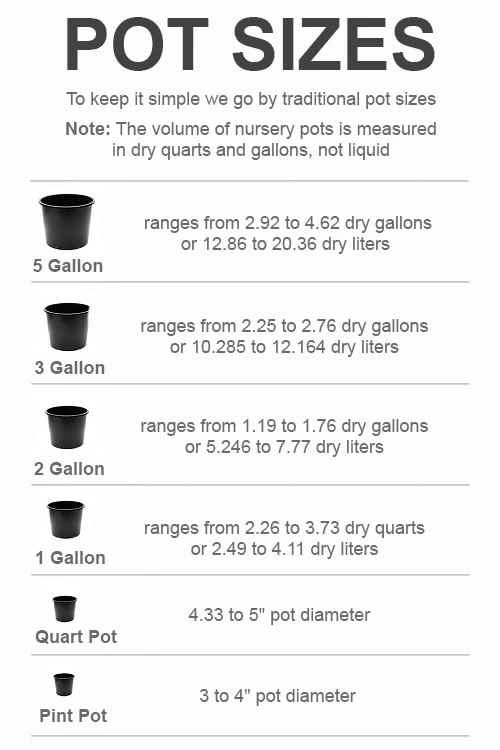
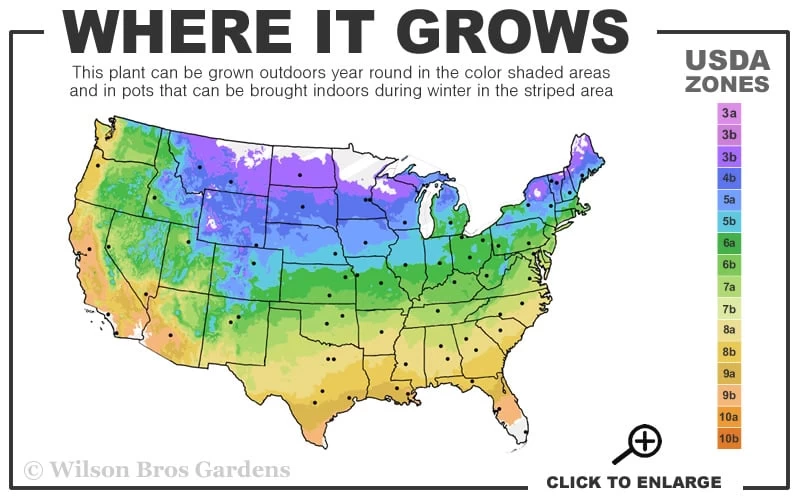

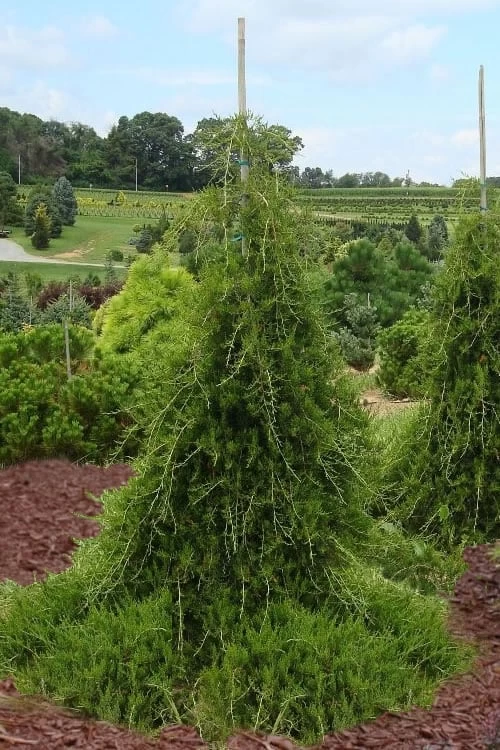

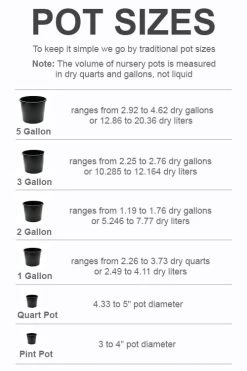
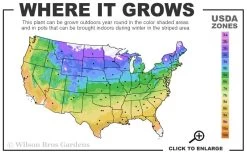

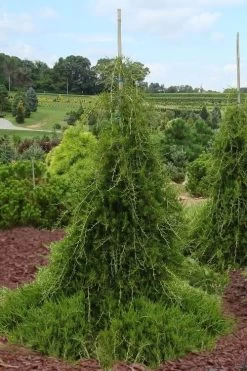
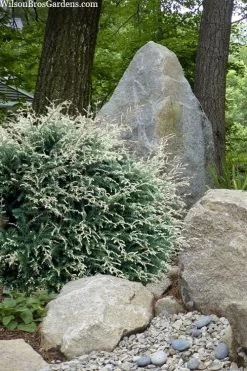



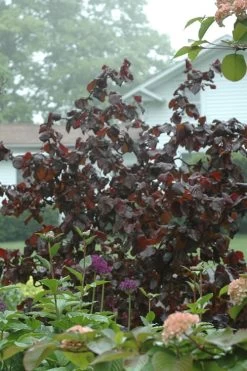




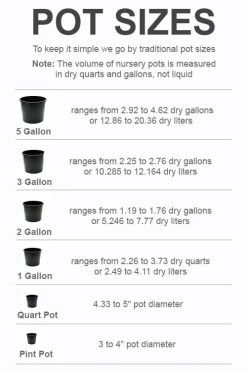
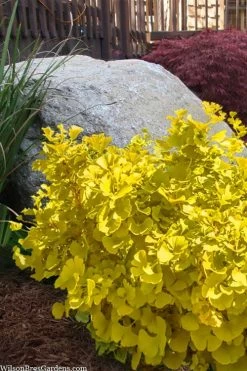
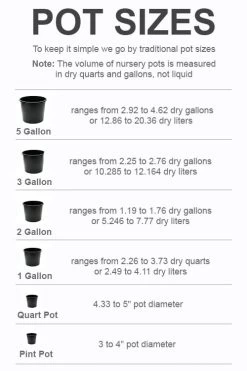
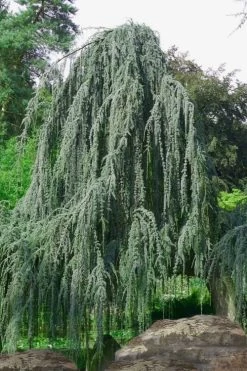
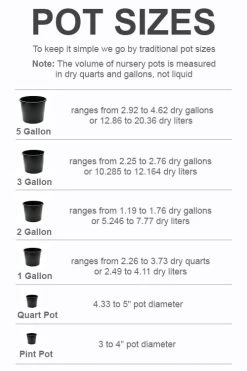
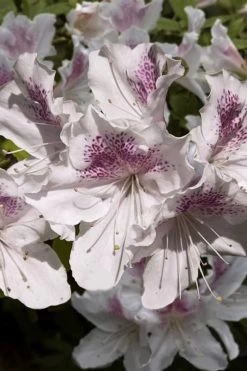
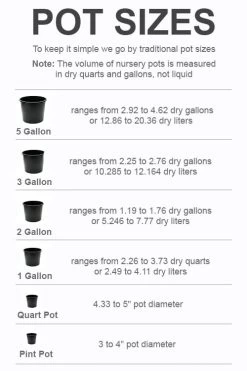
Reviews
There are no reviews yet.